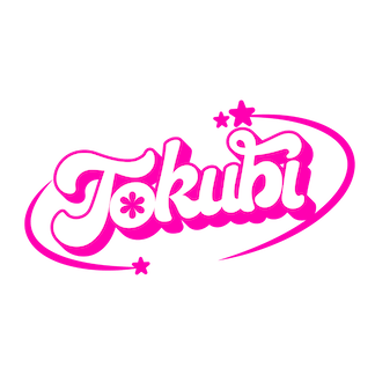FREE U.S. SHIPPING ON ORDERS $100+
7 Colorful Fashion Styles That Defined Eras & Aesthetics
Laras
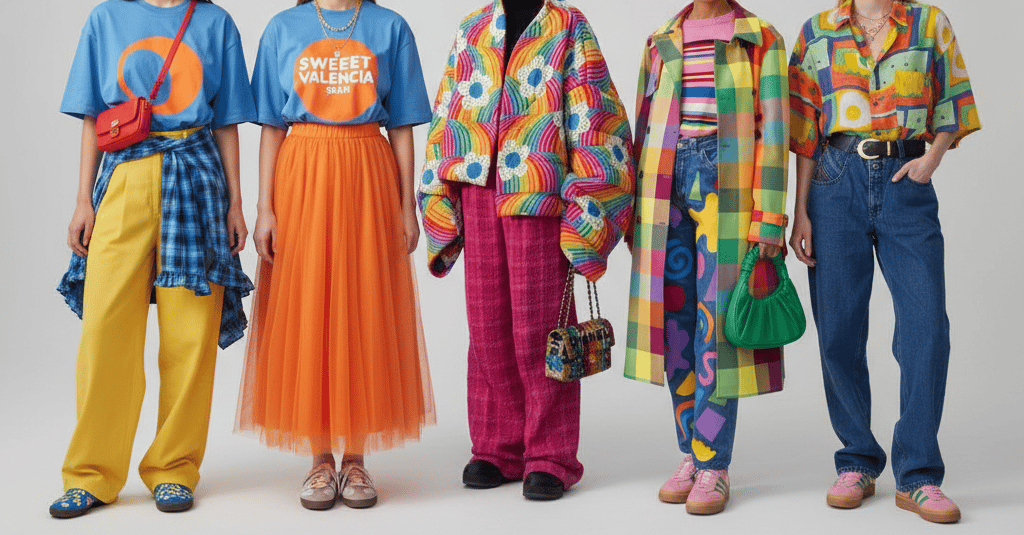

Fashion has always been more than just clothing—it’s a mirror of culture, moods, and collective identity. And when it comes to color, history shows us that every generation has had its bold, vibrant moments where fashion became a statement of joy, rebellion, or pure playfulness. Let’s take a colorful walk through time (and a few -core aesthetics) to see how people have dressed themselves in rainbows.
One of the quirkiest aesthetics to rise in the 2020s is Clowncore and Kidcore. These colorful styles embrace primary colors, rainbow stripes, oversized silhouettes, and accessories that feel like they came straight from a childhood toy chest. It’s playful, silly, and deliberately over-the-top. Where minimalism whispers, Clowncore shouts in red, yellow, and blue. At its heart, this aesthetic is about reclaiming joy and nostalgia—choosing fun over fashion “rules.”
Fast forward to today, and fashion has embraced dopamine dressing—the idea that wearing bright, happy colors can literally boost your mood. This style is less about rules and more about what sparks joy. Color-blocked blazers, oversized patterned sweaters, neon accessories, and rainbow knits are all part of the movement. With studies showing that color can influence emotions (yellow often linked to happiness, pink to calmness, blue to trust), maximalist fashion is like wearable self-care. After years of minimalist neutrals dominating Instagram, color has made a powerful comeback in the 2020s.
🌈 Wrapping It Up
From Rococo pastels to disco sequins, Harajuku chaos to dopamine brights, colorful fashion has always been a way for people to express themselves, rebel against norms, and bring joy into everyday life. Whether you’re a fan of vintage swirls, futuristic shine, or playful rainbow chaos, one thing’s clear: color never goes out of style—it just changes its form.
Go back a few centuries, and colorful fashion looked a little different—but no less bold. In the 1700s, Rococo style dominated European courts. Think soft pastels, candy-colored silks, floral embroidery, and opulent lace trims. Marie Antoinette was the ultimate style icon, dressing in gowns that looked like confections. These pastel hues weren’t just about looking pretty—they were political. Color symbolized status, wealth, and the luxury of being able to change outfits multiple times a day. While Rococo may feel distant, its pastel palette continues to influence bridal fashion, high couture, and even modern maximalist interior design.
As the millennium turned, fashion leaned into a playful, futuristic fantasy. The Y2K aesthetic blended shiny metallics, holographic fabrics, and bubblegum brights—hot pinks, neon greens, and electric blues were everywhere. Think Britney Spears in a metallic crop top, Paris Hilton’s rhinestone tees, and platform sandals in translucent colors. This era’s bold shades reflected both optimism and a love of technology, capturing a world that felt excited about the future. Now, Y2K is back in full swing, embraced by Gen Z for its kitschy yet futuristic energy.
While much of the world leaned into minimalism in the 90s, Japan’s Harajuku district became the epicenter of experimental and colorful street fashion. Kids mixed neon, pastels, plaids, and cartoon accessories in ways that felt chaotic yet magical. One sub-style, Decora Kei, became iconic for its use of candy-bright hair clips, layered skirts, rainbow leg warmers, and playful accessories—sometimes literally toys worn as jewelry. Harajuku fashion showed the world that style could be whimsical, childlike, and fearless. Its influence is still huge, seen in everything from K-pop stage outfits to today’s TikTok trend cycles.
If the 60s were about love, the late 70s and early 80s were about living large. Disco fashion was drenched in sparkle—sequin jumpsuits, metallic skirts, rainbow lamé tops, and neon accessories all reflected the flashing lights of Studio 54. This era’s motto? More is more. Color wasn’t shy—it was bold, flashy, and meant for the dance floor. Disco fashion set the stage for maximalism we see today, proving that color can be both glamorous and unapologetically loud.
When the late 60s rolled in, so did color explosions. Psychedelic fashion was about breaking free from the rigid rules of the 50s. Tie-dye shirts, kaleidoscope prints, paisley pants, and embroidered vests weren’t just fashion choices—they were symbols of rebellion, peace, and unity. The hippie movement embraced bright, swirling patterns as a visual representation of freedom, love, and counterculture. Even today, psychedelic prints sneak back every summer festival season, reminding us that sometimes fashion is just about good vibes.
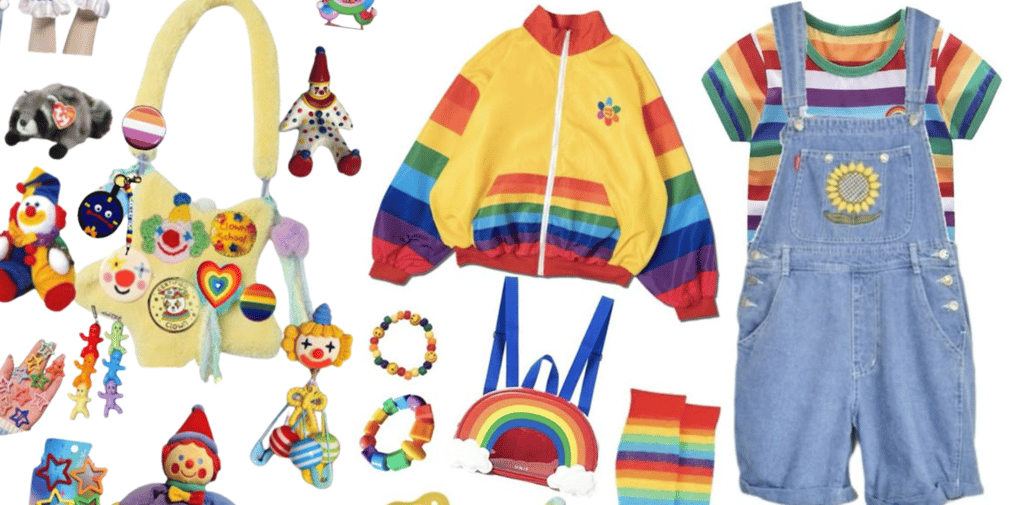


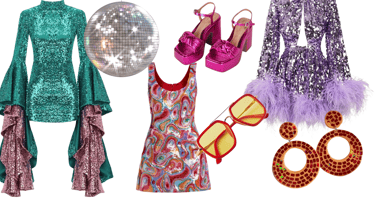
3. Disco Glam of the Late 70s–80s: Lights, Sequins, Action!
1. Baroque Rococo Fashion (1700s): Pastels & Power
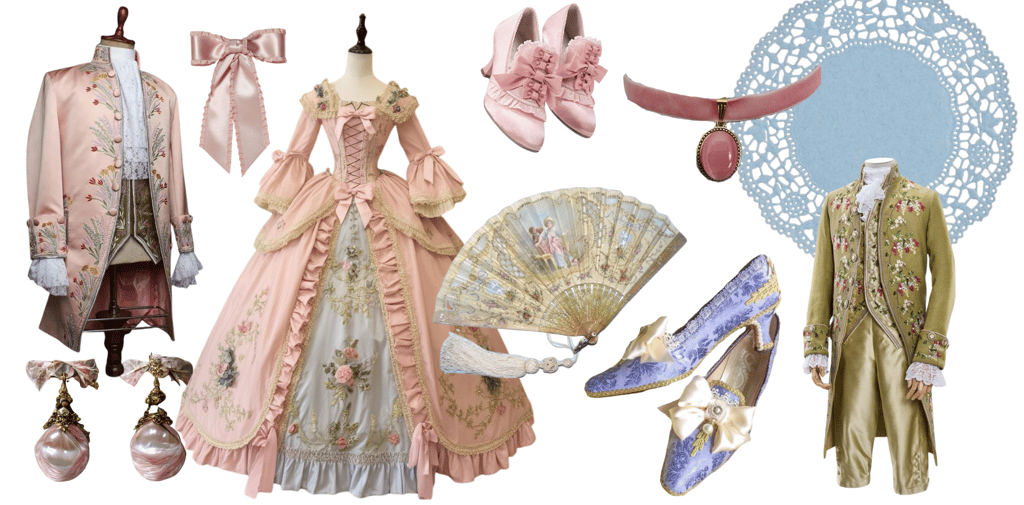

4. Harajuku Street Style (90s–2000s): The Tokyo Rainbow

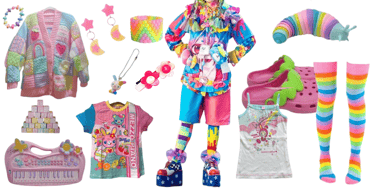
5. Y2K Cyber Aesthetic: The Future Was Pink & Metallic
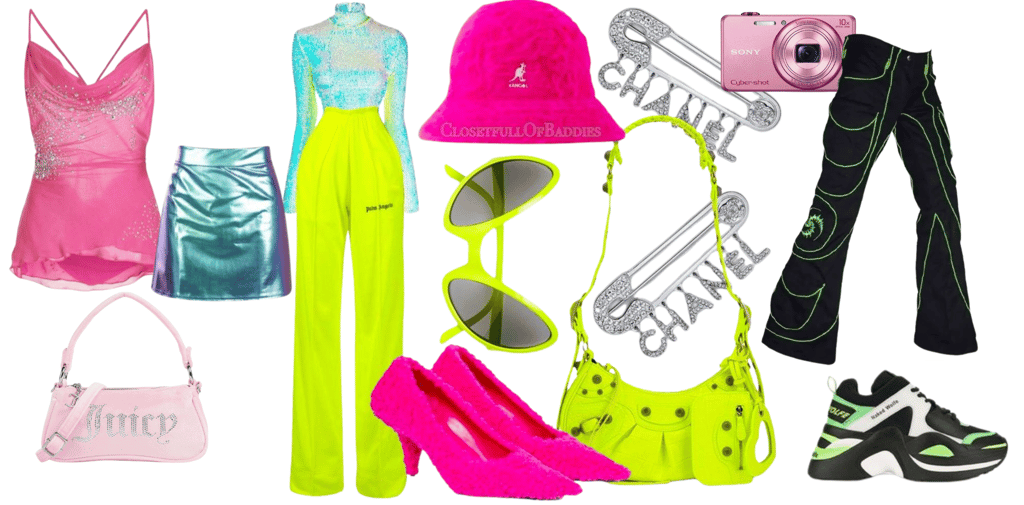

6. Maximalist Dopamine (2020s): Color as Therapy


7. Clowncore / Kidcore: Nostalgia in Rainbow Form
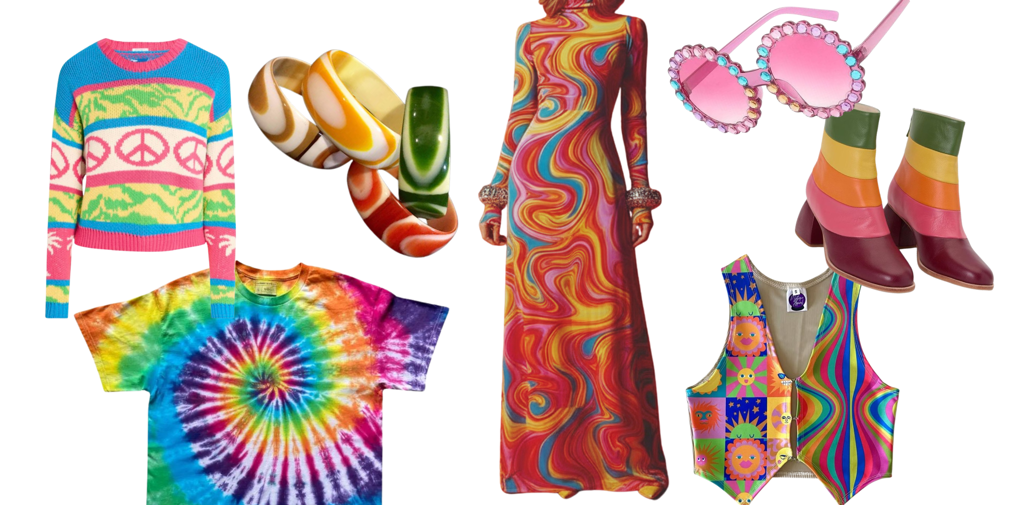

2. Psychedelic 60s & 70s: Swirls of Freedom
Connect
Discover whimsy, style, and local artistry daily
support@tokubi.shop
© 2025 Tokubi
Refund Policy
Terms & Condition
Collaboration
